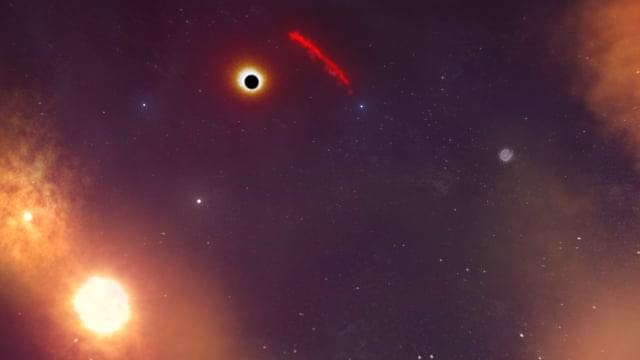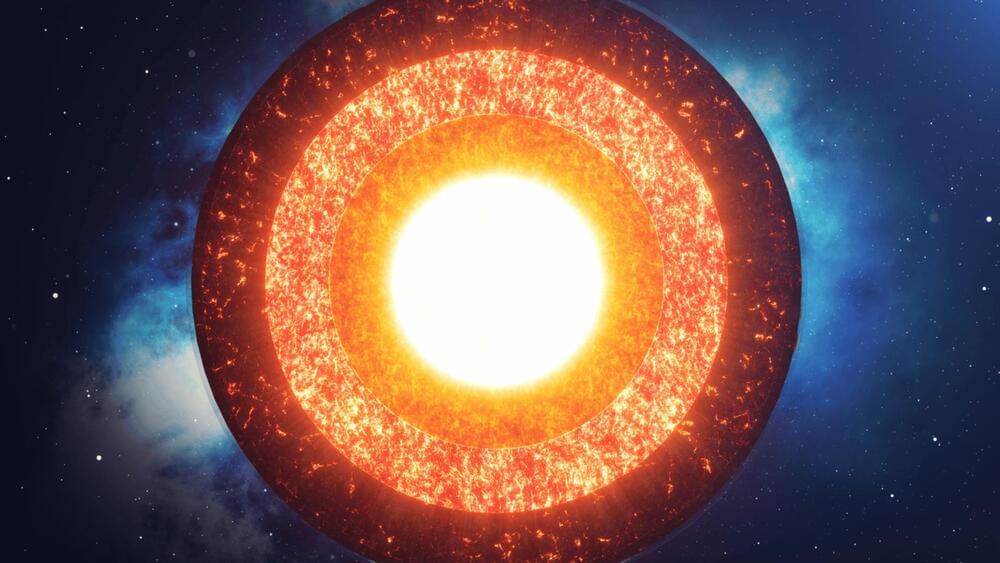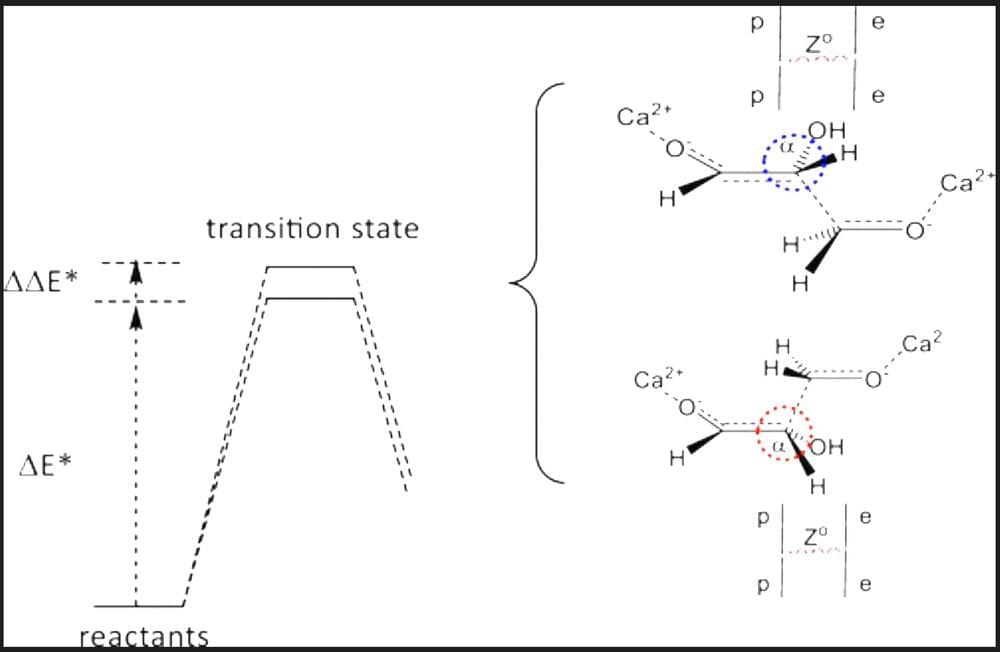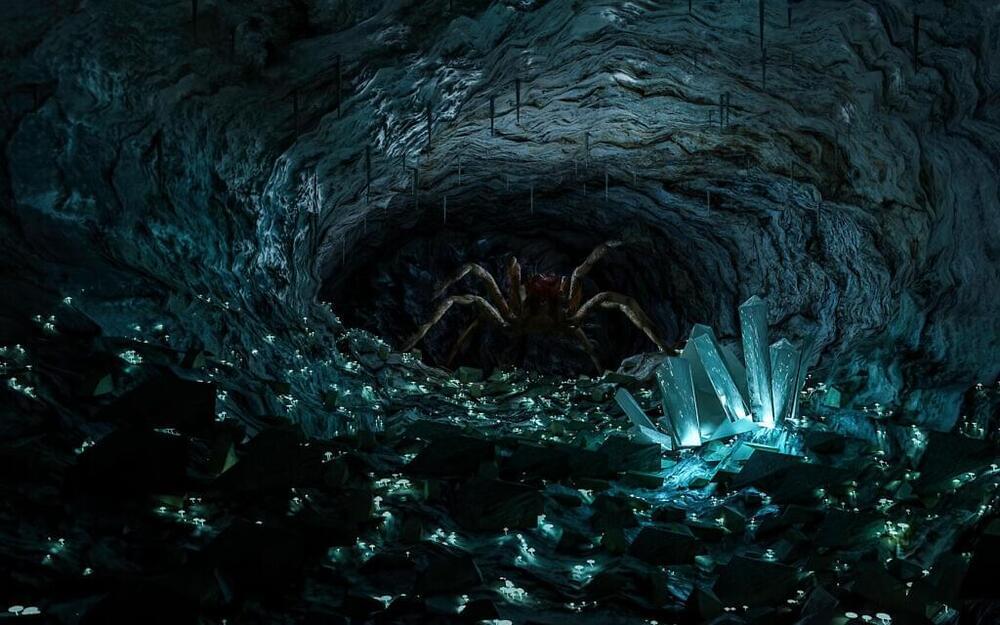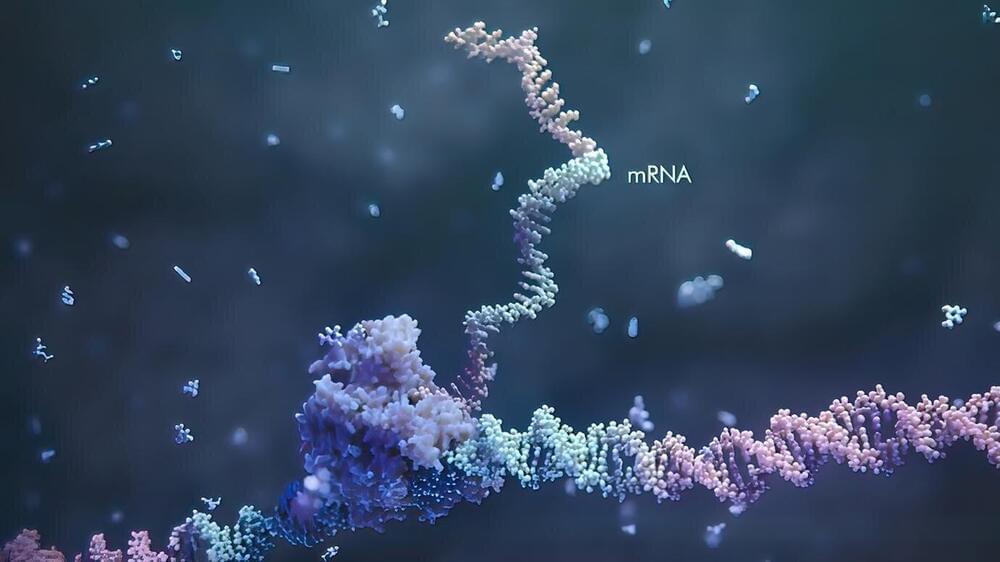Feb 22, 2023
The swan song of a cloud approaching the Milky Way’s supermassive black hole
Posted by Saúl Morales Rodriguéz in categories: cosmology, evolution
Two decades of monitoring from W. M. Keck Observatory on Mauna Kea in Hawaiʻi reveals a peculiar cloud dubbed X7 being pulled apart as it accelerates toward the supermassive black hole at the center of our Milky Way galaxy.
Astronomers from the UCLA Galactic Center Orbits Initiative (GCOI) and Keck Observatory have been tracking the evolution of this dusty gas filament since 2002; high-angular resolution near-infrared images captured with Keck Observatory’s powerful adaptive optics system show X7 has become so elongated that it now has a length of 3,000 times the distance between the Earth and sun (or 3,000 astronomical units).
Continue reading “The swan song of a cloud approaching the Milky Way’s supermassive black hole” »
